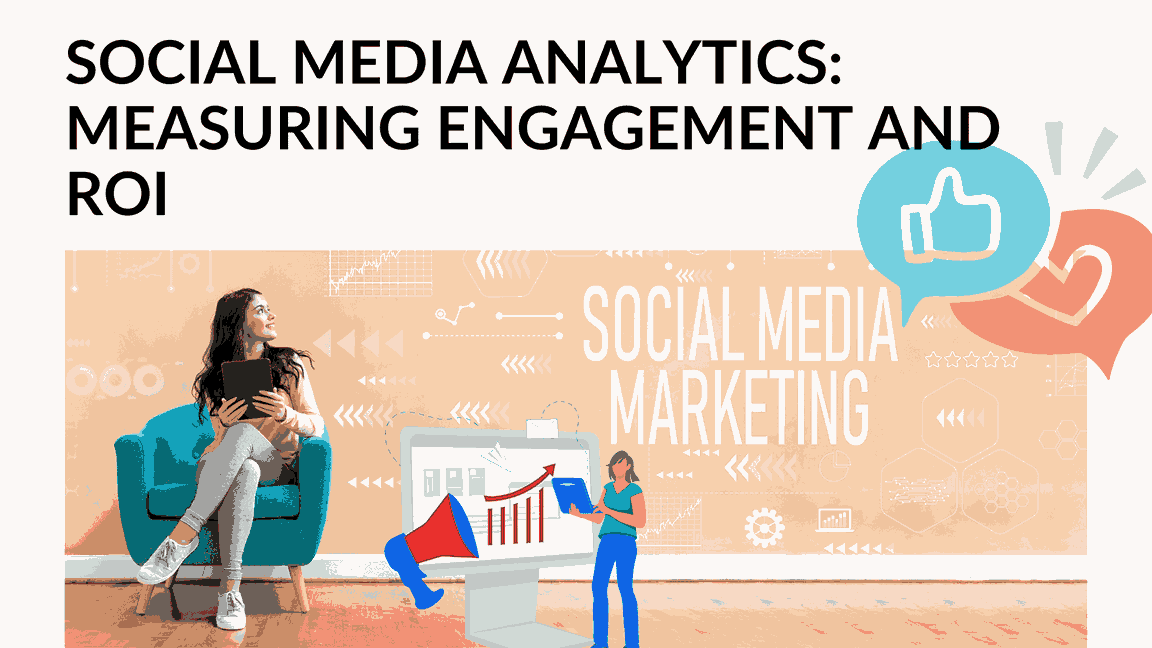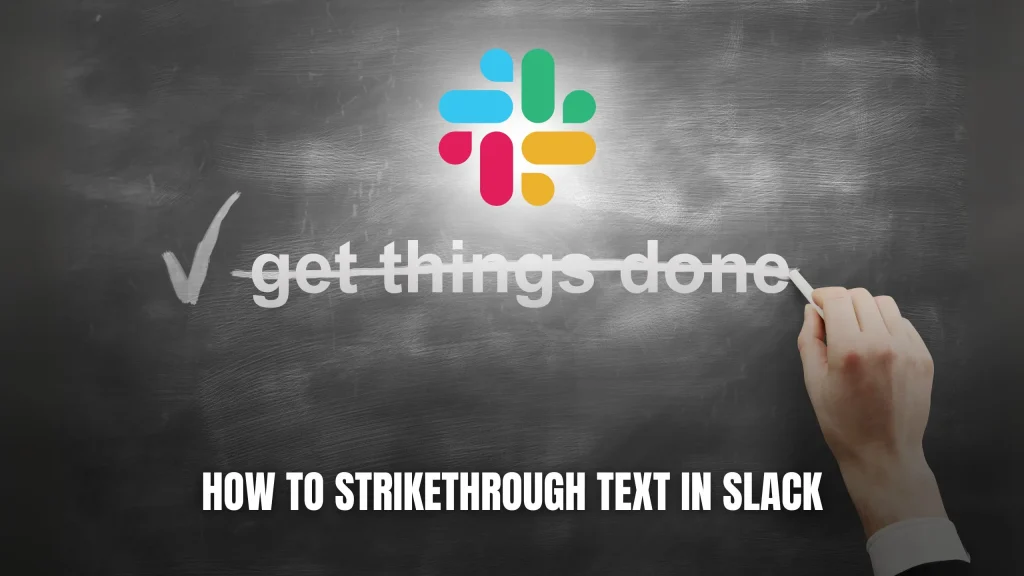Social Media Analytics: Measuring Engagement and ROI

As a social media manager, one of my recurring nightmares is being pulled into a meeting with executives and asked to prove our social media ROI. This scenario haunts me, and not because I don’t believe in the value of social. Proving ROI is a multi-step process with several variables, inputs, and considerations. Still, I know that social does make an impact. I’m not alone on this, either. 96% of marketers agree that social media delivers positive returns. And now, it’s time to prove it.
In this post, we’ll walk you through the steps to calculate and improve your social media ROI (including a list of our go-to tools). Nightmares begone!
Table of Contents
- What is social media ROI (and why does it matter)?
- How to calculate ROI on social media in 5 steps
- How to improve your social media ROI
- 7 useful social media ROI tools
- Frequently asked questions about social media ROI
What is social media ROI (and why does it matter?)
ROI stands for return on investment. For our purposes, social media ROI means the business value returned from social media marketing and advertising. In other words, social media ROI measures the results of social media marketing compared to its costs.
It’s a way to assess whether your social media strategy is generating a positive outcome for your financial or strategic goals.
Here’s a simple formula to calculate social media ROI:
Social media ROI = ((Value generated from social media – Costs of social media investment) / Costs) * 100
Here’s what the components of the formula mean:
- Value generated from social media: The definition of value varies from business to business. Value can include increased sales, leads, conversions, or cost savings due to effective social media engagement. We expand on this more below.
- Costs of social media investment: This means all costs associated with executing your social media strategy. It can include advertising budgets, content creation costs, employee salaries, software & tool subscriptions, and other resources related to social media activities.
The result of the formula is usually expressed as a percentage. Any ROI percentage greater than 0 means that your social media efforts have generated more value than the resources you invested. In contrast, a negative ROI means you invested more than you made back (aka you lost money).
Measuring social media ROI empowers marketers to prove their efforts’ value. By calculating ROI, you can determine what’s working and what’s not and attribute real business results to social media.
And if you want to earn more budget and resources to scale up your social media strategy? You’ll need to communicate these results to key stakeholders and executives. If you want to hang onto your budget, you better be able to prove why you need it.
How to calculate ROI on social media in 5 steps
How you calculate ROI varies from business to business. Measuring ROI depends on which objectives matter most to your company. These priorities might include brand awareness, revenue, or customer satisfaction.
Our 2023 Social Media Trends research found that marketing practitioners and leadership perceive the value of social through different metrics:
This perception mismatch explains why the formula above uses value, rather than revenue or profit, as the starting point. It allows for combining many metrics to find the total value.
Here’s how to measure ROI with social media.
Step 1: Define clear social & business objectives The first step to calculating ROI is understanding your business as a whole. What are the main objectives, and how can social contribute to those goals? There are various ways your social media investment can create value, such as:
- Driving business conversions (including lead generation, newsletter signups, and sales)
- Growing brand awareness
- Building a loyal audience
- Increasing positive brand sentiment
- Discovering & mitigating brand crises
- Resolving customer service issues
- Improving employee pride and job satisfaction
- Creating relationships with partners and suppliers
Per the list above, it’s not just about generating direct revenue. Social can also help with retention, brand awareness, and partners & suppliers. That said, you shouldn’t expect your social media strategy to achieve all of the above. Focus on objectives that are most likely to contribute to your business and department goals.
Step 2: Track metrics that align with your objectives Now that you’ve determined your social media objectives, the next step is to track their performance. Many social media metrics can give you insights into how your strategy is performing. But, choosing the right metrics is essential to fully understanding your social ROI. Metrics you can track to prove ROI include:
- Reach
- Engagement
- Site visits
- Leads generated
- Form submissions
- Sentiment
- Newsletter subscriptions
- Signups
- Conversions
- Sales/revenue generated
To decide which metrics to use, consider the following questions:
- What action(s) will the audience most likely take after seeing your social content?
- Does this metric reflect my business objectives?
- Does it help me make decisions (what to do more of, what to do less of, etc.)?
- Is it possible to measure it accurately and consistently?
Check your metrics regularly. Ideally, you should get automated reports sent to your inbox so you don’t have to remember to pull them yourself.
Tip: When calculating your returns, choose a reporting period based on your sales cycle. LinkedIn research found that 77% of marketers measured results within the first month of a campaign, even though the average B2B sales cycle is two months. Sales cycles will vary from business to business. Connect with your sales department to know the appropriate timeframe for reporting social media ROI.
For a comprehensive understanding of tracking metrics and measuring ROI, you can refer to the insights provided by Sprout Social.
Step 3: Calculate your social media costs Once you’ve measured the value created based on your chosen metrics, you can move on to calculating the cost side of the equation. Social media costs should include all expenses required to create and publish content. These expenses may include:
- Tools and subscriptions for social media management
- Advertising campaign budgets
- Content creation costs, including tools, assets, licenses, and fees for working with creators or freelancers
- The ongoing costs for your social media team (salaries, training, etc.)
- Agencies and consultants (if applicable)
Before adding up your costs, you should know the returns you’re looking for. This may be based on a specific time period, campaign, post format, or otherwise. This will help you narrow down which costs to include in your total.
Step 4: Calculate your ROI You should be ready to input your total value and costs into the formula above to calculate your ROI.
If you’re not a fan of spreadsheets or manual calculations, we’ve built this free social media ROI calculator.
Remember, a positive ROI means you profited from your investment, while a negative ROI percentage means you spent more than you made.
Step 5: Create an ROI report that shows the impact of social Now that you know your ROI, it’s time to share those results. Your report should show stakeholders how your social media efforts impact the bottom line. Here are some ways to make your report stand out:
- Use a report template
- Use plain language (avoid jargon and acronyms)
- Tie social results back to relevant business objectives
- Use KPIs to track short-term progress
- Call out assumptions and limitations, and be clear about what you can (and cannot) measure
If you want to dive deeper into measuring social media ROI, you can explore detailed guides on this topic from reputable sources like Emplifi and Digital Marketing Institute.






